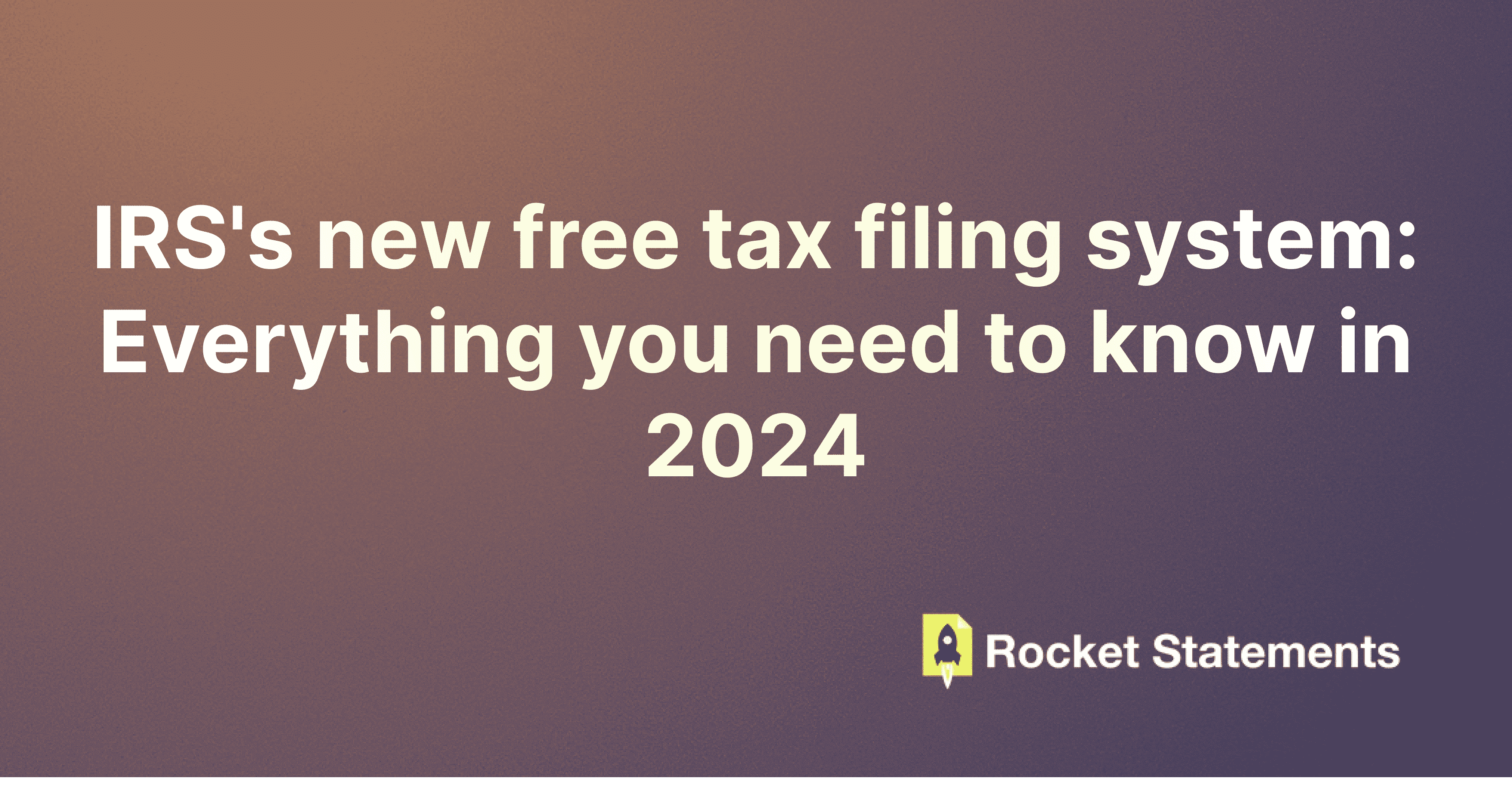The IRS is launching a new free online tax filing system called Direct File in 2024. This guided tax preparation tool will be available on a limited basis at first, open only to some federal and state employees in 12 states.
If the initial pilot goes well, Direct File could eventually expand to all taxpayers across the country as an alternative to paid services like TurboTax and H&R Block. Here’s what you need to know about eligibility, features, limitations, and how to prepare your financial records before using Direct File.
Who Is Eligible For Direct File?
For the 2023 tax season pilot, Direct File eligibility is limited based on location. It will only be available to federal and some state employees in these 12 states that have no income tax or allow linking to state filing systems:
- Arizona
- California
- Florida
- Massachusetts
- Nevada
- New Hampshire
- New York
- South Dakota
- Tennessee
- Texas
- Washington
- Wyoming
The IRS plans to open access to more taxpayers in these states starting in mid-March 2024, including some private sector workers. Even in the pilot phase, there is no income threshold to use Direct File, unlike the IRS Free File program that has an adjusted gross income limit of $73,000 or less.
How Does The Direct File System Work?
Direct File is an online step-by-step tax preparation tool you can access from a smartphone, tablet, or computer. It asks screening questions upfront to determine eligibility, then guides users through the tax filing process with simple interview-style questions.
Some key features include:
Available in English and Spanish
Optimized for mobile and desktop access
Eligibility screening before starting
Step-by-step interview format
Guidance based on taxpayer responses
Live customer support via chat/phone
Explanations of calculations
Identity verification via ID.me
What Income and Deductions Can You Report With Direct File?
Because Direct File is in the pilot testing phase, it currently only supports certain types of income and tax situations:
Supported Income Sources:
W-2 wages
Unemployment income
Social Security benefits
Interest income up to $1,500
Supported Deductions/Credits:
Standard deduction
Earned Income
Tax Credit
Child Tax Credit
Student loan interest deduction
Educator expense deduction
Unsupported Income or Features:
1099 self-employment/contractor income
Business income
Capital gains/losses
Itemized deductions
Many other credits/deductions
Essentially, Direct File can handle basic W-2 employee tax filing situations. But self-employed taxpayers or those with more complex returns cannot use the system in its current state.
Preparing Your Financial Records For Direct File
Since Direct File only supports specific income sources and tax situations right now, you’ll need to gather the right financial records before starting the filing process. The main document you’ll need for filing with Direct File is your W-2 wage statement from each employer. You may also need tax documents for unemployment income, Social Security benefits paid, student loan interest statements, or proof of eligible educator expenses.
Another essential step is consolidating all your tax-related financial transactions in one place before filing. This includes income, deductions, estimated tax payments, and prior-year tax refund deposits across multiple bank/financial accounts. This consolidation step is vital whether you use Direct File or another tax preparation software. Manually compiling all tax-relevant transactions is extremely tedious and error-prone.
That's where a tool like Rocket Statements comes in handy. This secure web app converts your PDF bank and credit card statements into formatted CSV/Excel transaction lists. So you don’t have to manually type out or reconcile hundreds of lines from scattered statements.
With Rocket Statements, you can:
Upload PDF statements from any U.S. financial institution
Extract and format all transactions into Excel CSVs
Categorize income, deductions, estimated tax payments
Consolidate data across institutions in one spreadsheet
Securely store statements with industry standard encryption
Export finalized transaction list for tax software import
Using Rocket Statements simplifies compiling a complete financial record across your household. And it helps identify all tax-related transactions you’ll need to accurately file with Direct File or tax software.
What’s Next For The Direct File Program?
The IRS emphasizes that Direct File is only intended as an additional free filing option, not a replacement for current paid software and services. The agency is starting small purposefully with this initial pilot.
If Direct File testing goes well in 2024, the IRS will likely expand eligibility in future years. The system may eventually be able to support more complex tax situations like self-employment income. But for now, it remains limited as the IRS builds out capabilities and works out any issues.
Rocket Statements helps taxpayers get a head start organizing financial data for a smooth Direct File experience. And it will continue providing an essential assist for DIY tax prep, no matter what IRS free filing options exist going forward.
